GPCR/G protein

All GPCRs share a common seven trans-membrane structure. GPCRs are associated with heterotrimeric G-proteins which are GTP-binding proteins made of alpha, beta, and gamma subunits. When a ligand binds to GPCR, it activates the attached G-protein, the GDP is replaced with GTP. The activated G-protein then dissociates into an alpha and a beta-gamma complex which activates downstream signaling pathways. These intracellular signaling pathways include cAMP/PKA, calcium/NFAT, phospholipase C, protein tyrosine kinases, MAP kinases, PI-3-kinase, nitric oxide/cGMP, Rho, and JAK/STAT.
GPCRs are one of the most important therapeutic targets for various diseases, over 30% of all modern medicinal drugs target this family. Aberrant GPCR functions are involved in pathological conditions such as neurological, immunological and hormonal disorders. A large number of GPCRs have been identified, but whose ligands are not known, are classified as orphan receptors.
-
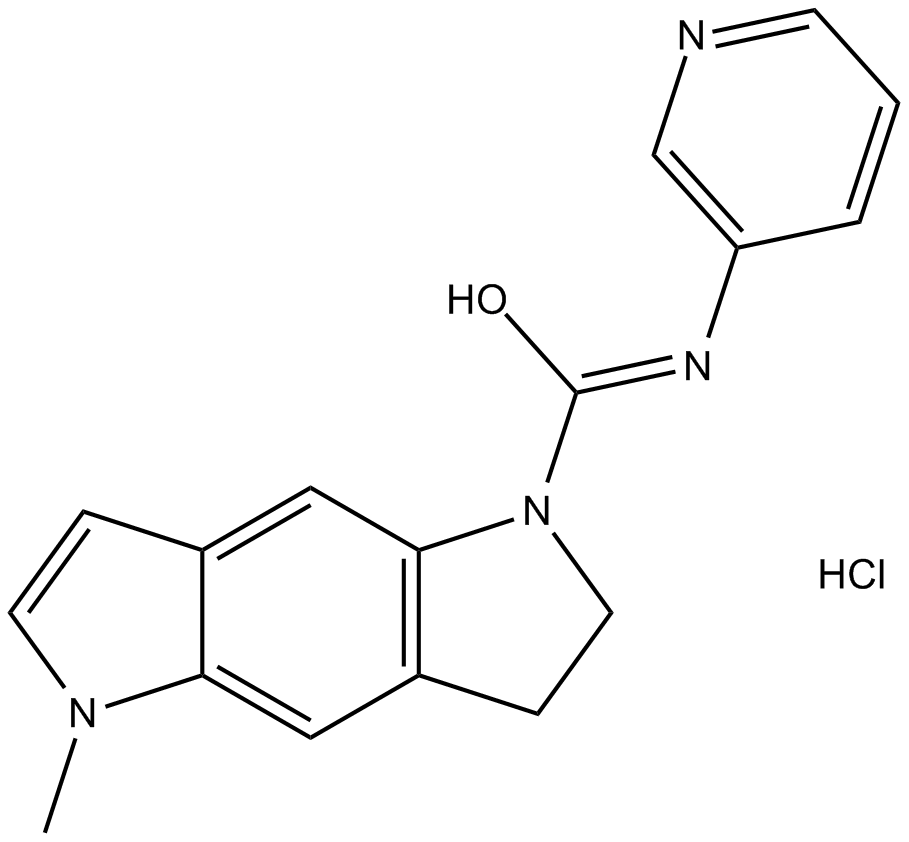 B6819 SB 206553 hydrochlorideSummary: 5-HT2B/5-HT2C receptor antagonist
B6819 SB 206553 hydrochlorideSummary: 5-HT2B/5-HT2C receptor antagonist -
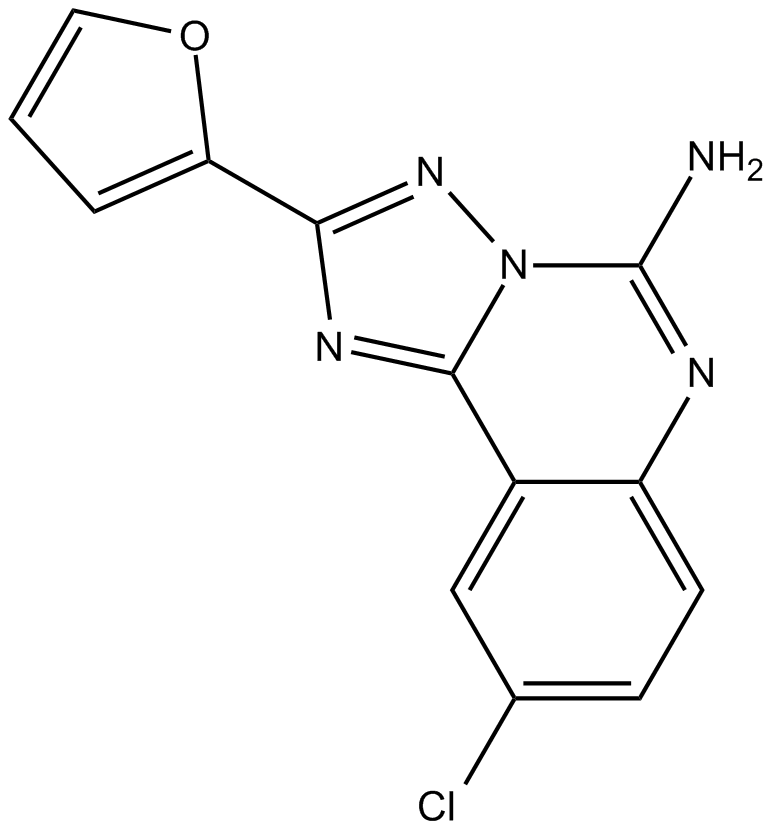 B6835 CGS 15943Summary: adenosine receptor antagonist
B6835 CGS 15943Summary: adenosine receptor antagonist -
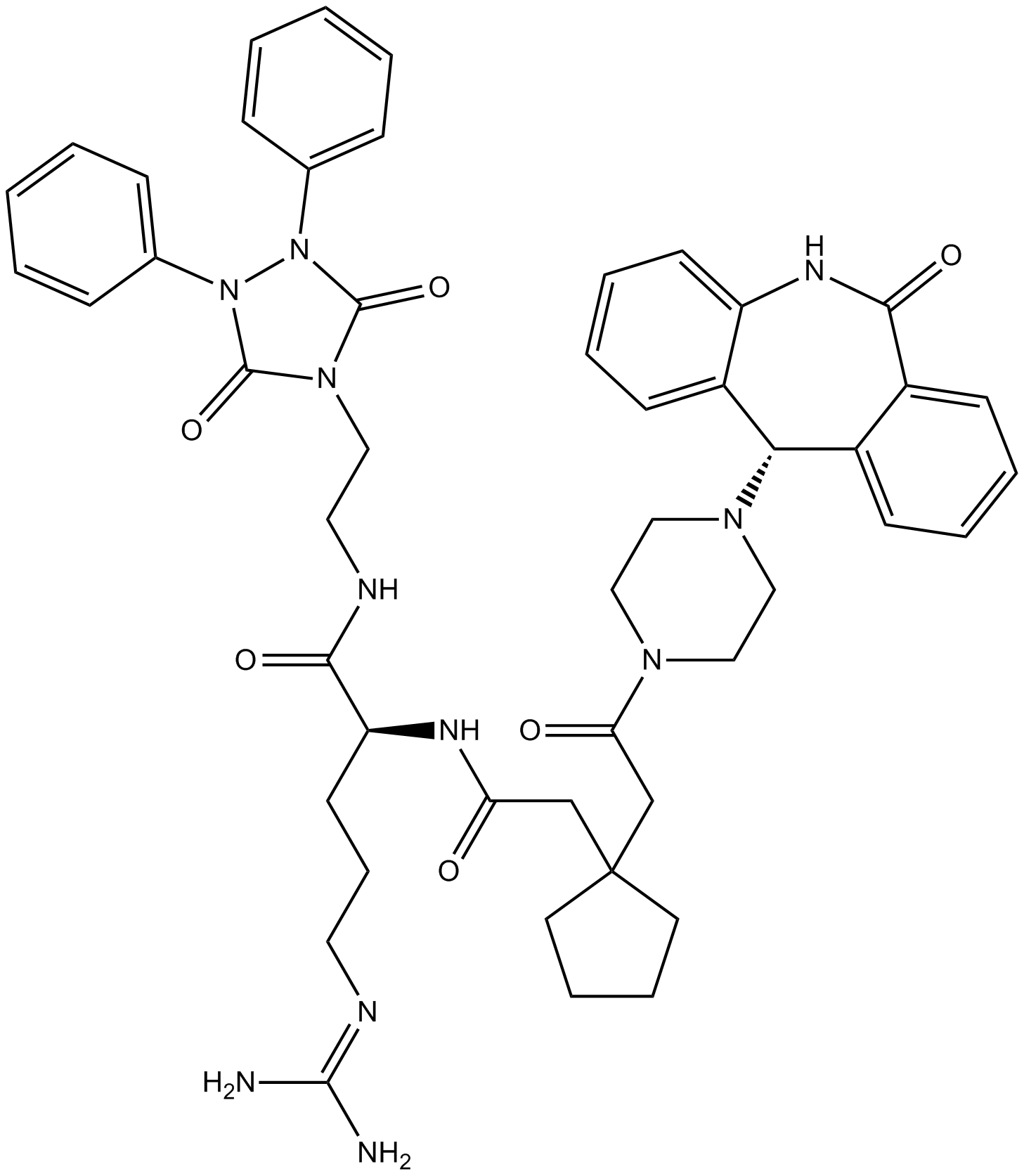 B6836 BIIE 0246Summary: NPY Y2 receptor antagonist
B6836 BIIE 0246Summary: NPY Y2 receptor antagonist -
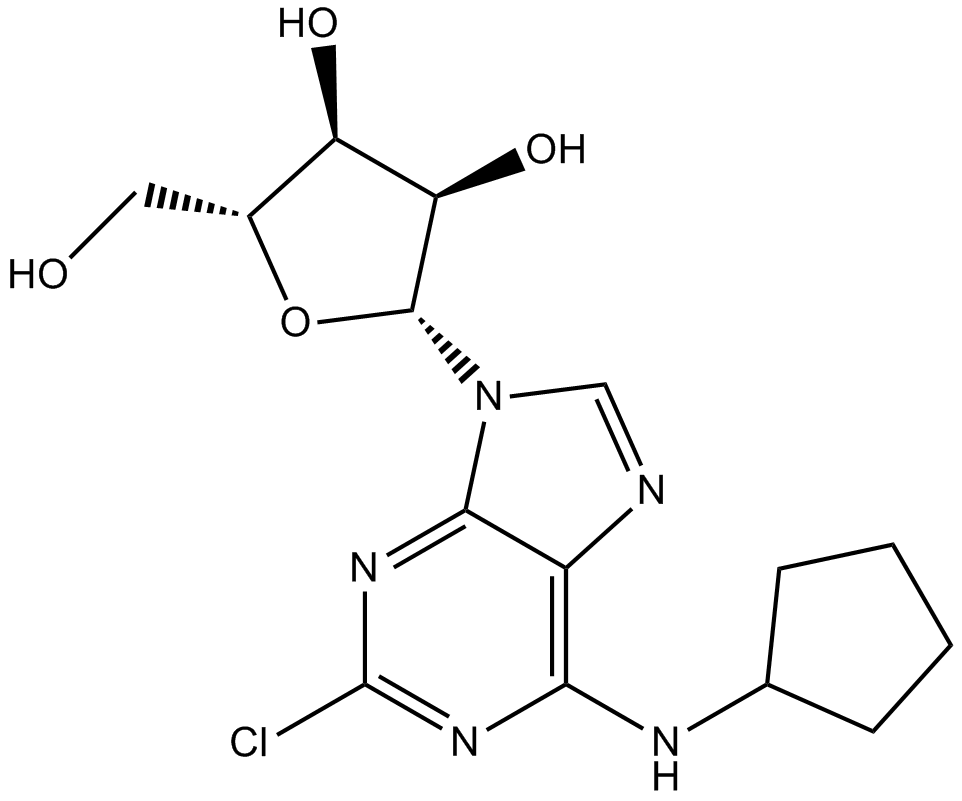 B6839 2-Chloro-N6-cyclopentyladenosineSummary: adenosine A1 receptor agonist, potent and selective
B6839 2-Chloro-N6-cyclopentyladenosineSummary: adenosine A1 receptor agonist, potent and selective -
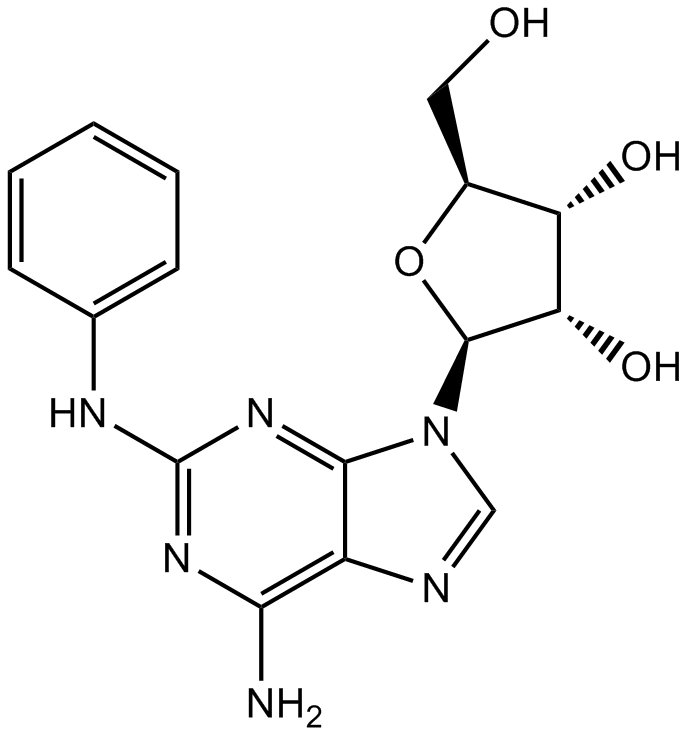 B6841 CV 1808Summary: Adenosine A2 receptor agonist
B6841 CV 1808Summary: Adenosine A2 receptor agonist -
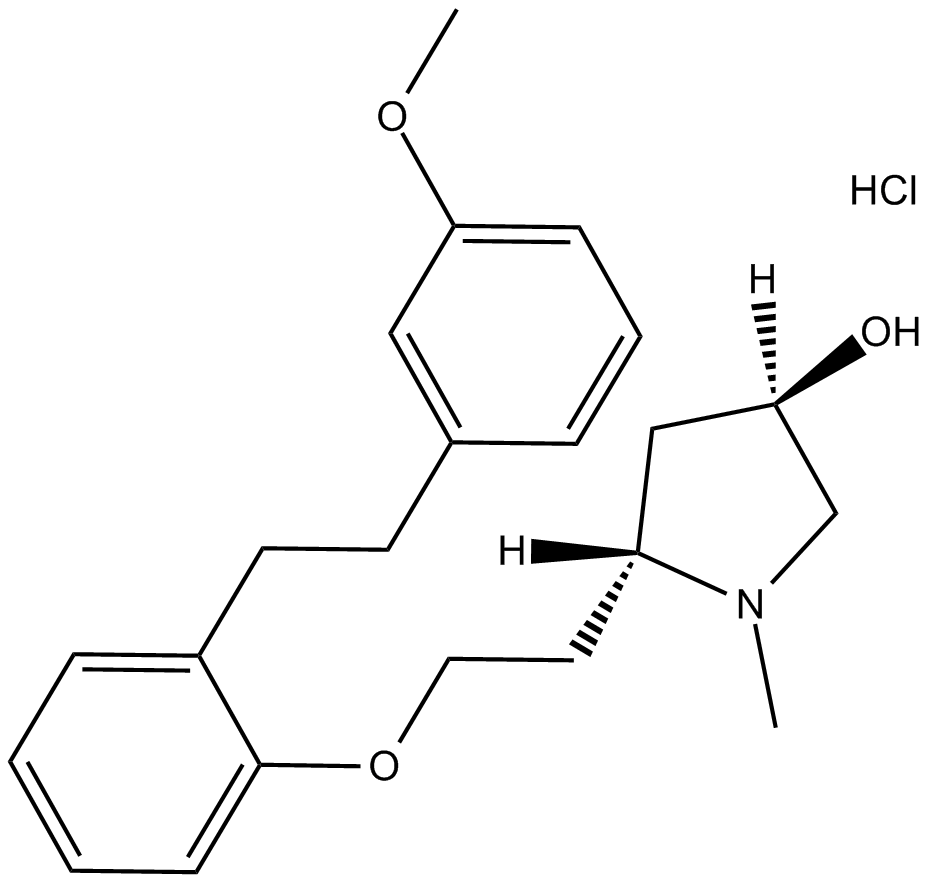 B6842 R-96544 hydrochlorideSummary: 5-HT2 receptor antagonist
B6842 R-96544 hydrochlorideSummary: 5-HT2 receptor antagonist -
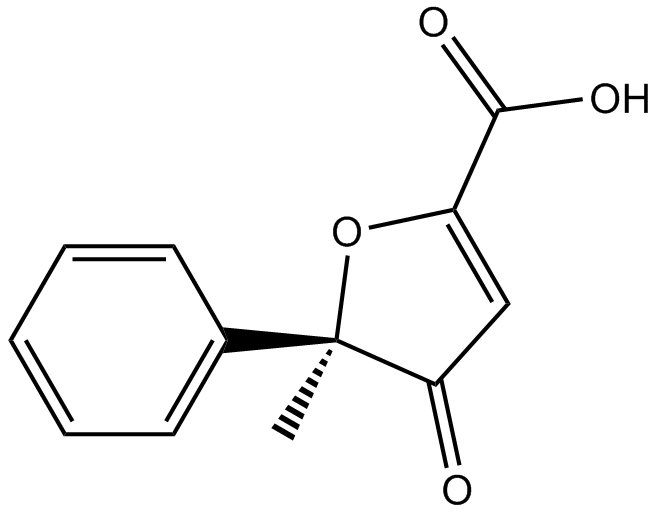 B6848 AcifranSummary: HM74A/GPR109A and GPR109B agonist,hypolipidemic agent
B6848 AcifranSummary: HM74A/GPR109A and GPR109B agonist,hypolipidemic agent -
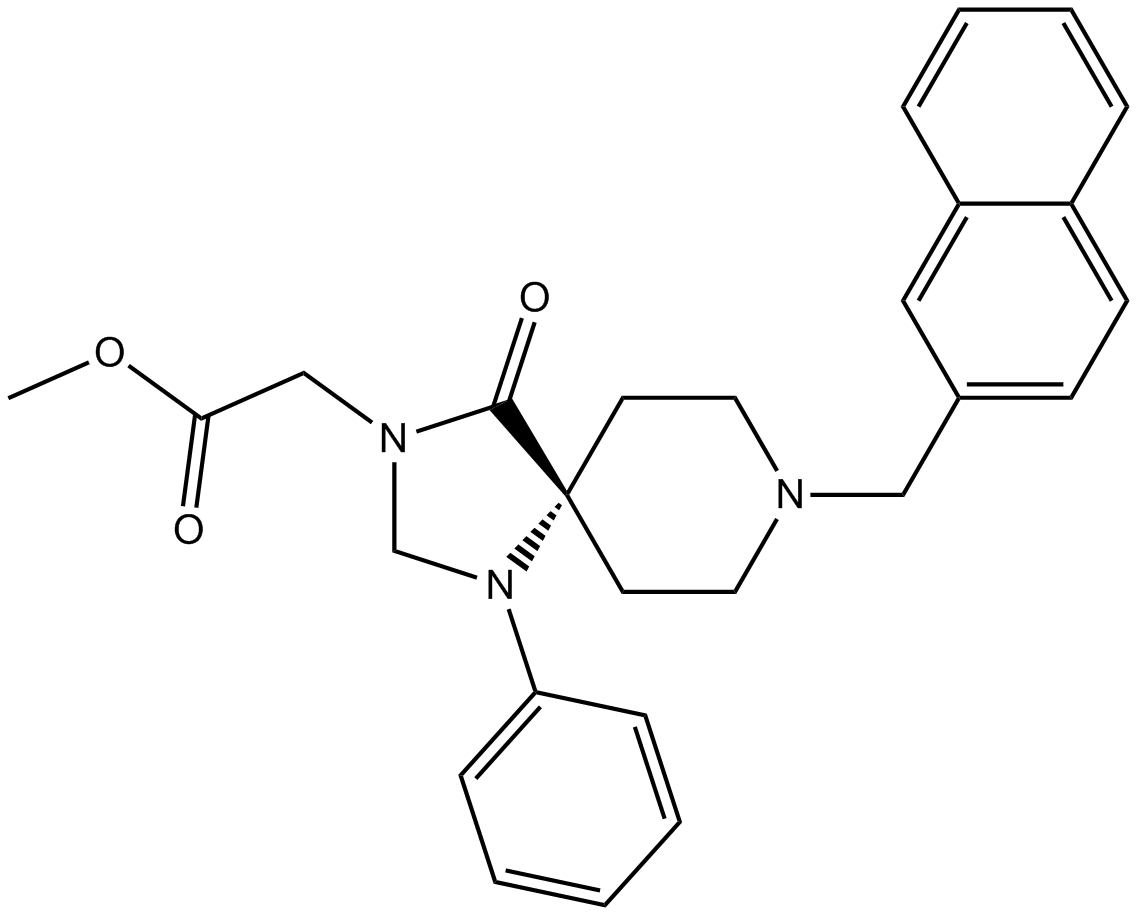 B6855 NNC 63-0532Summary: NOP receptor agonist
B6855 NNC 63-0532Summary: NOP receptor agonist -
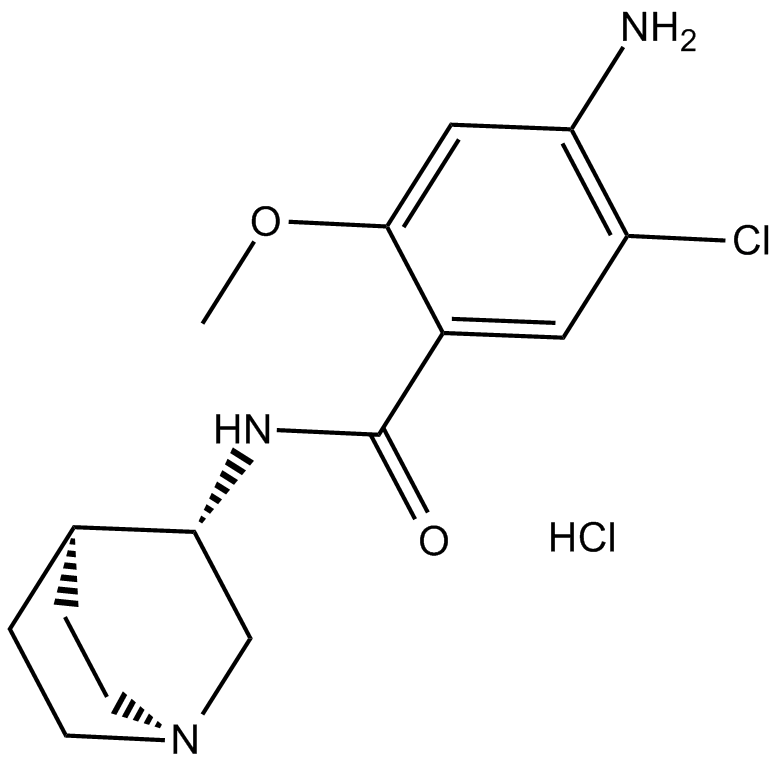 B6858 Zacopride hydrochlorideSummary: 5-HT3 receptor antagonist and 5-HT4 receptor agonist
B6858 Zacopride hydrochlorideSummary: 5-HT3 receptor antagonist and 5-HT4 receptor agonist -
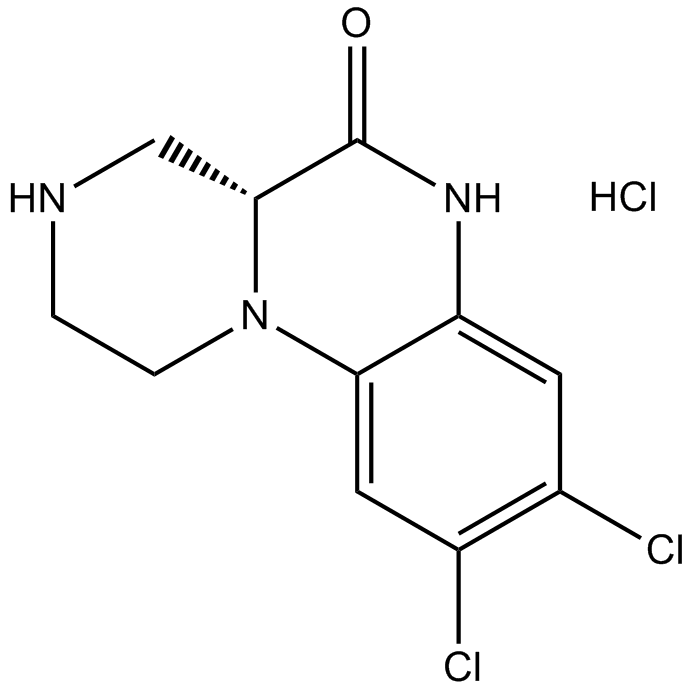 B6859 WAY 161503 hydrochlorideSummary: 5-HT2C receptor agonist
B6859 WAY 161503 hydrochlorideSummary: 5-HT2C receptor agonist

